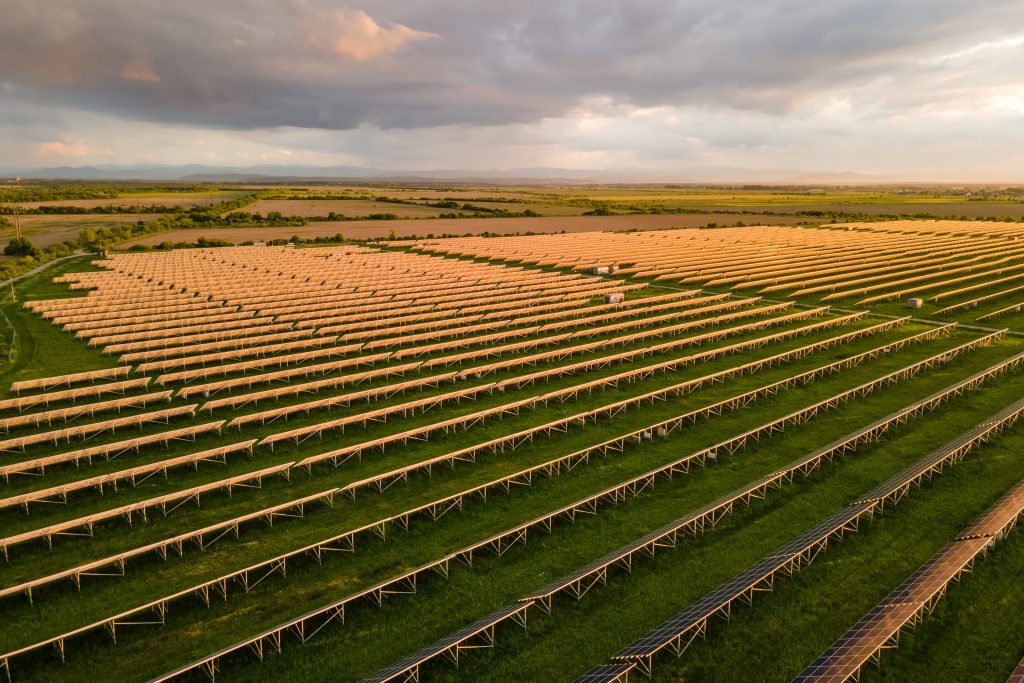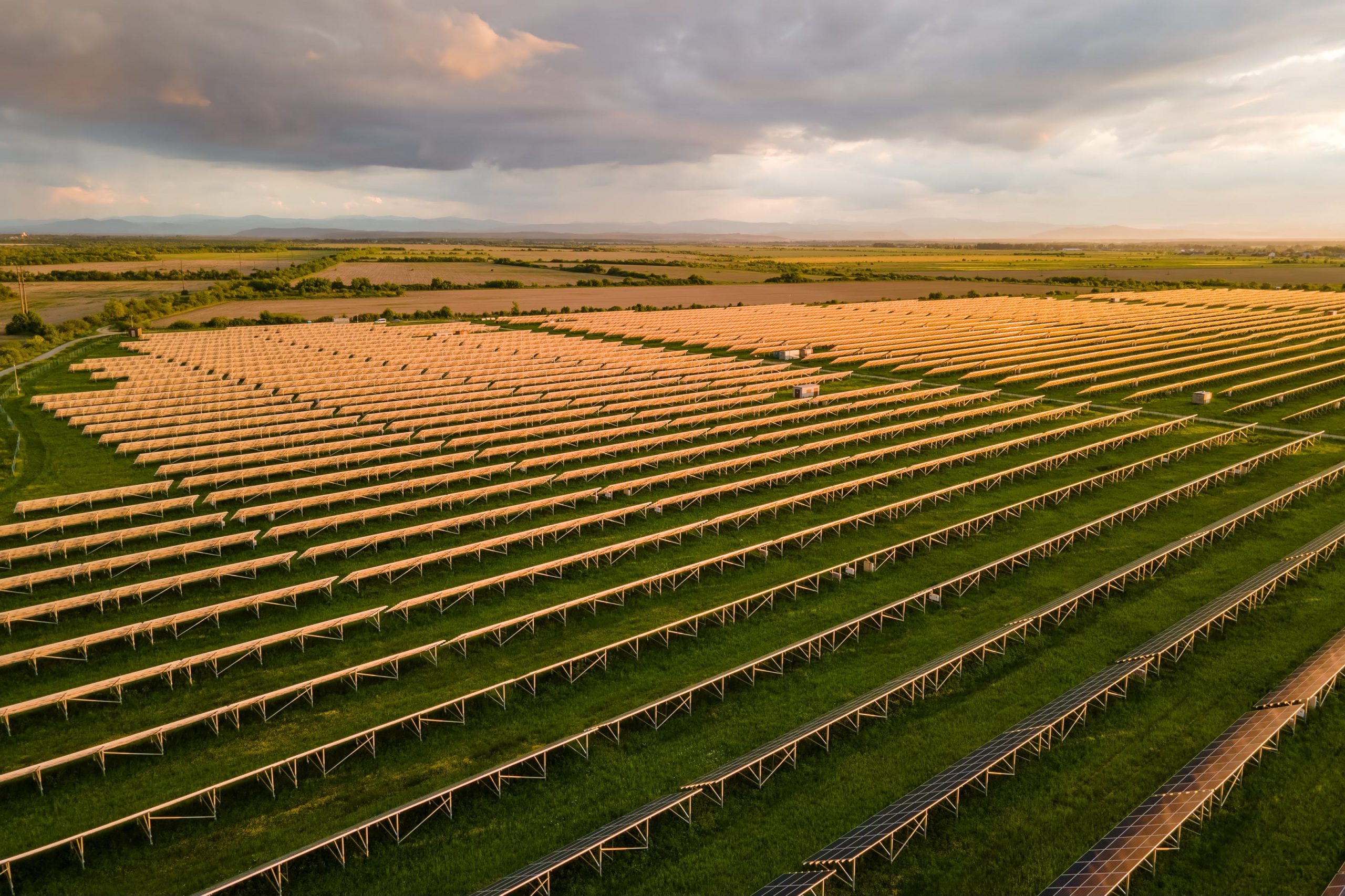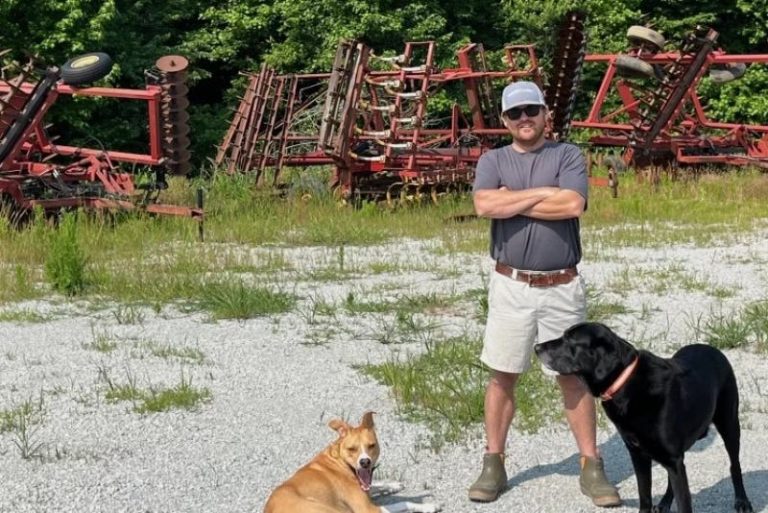Yanasa TV News
Farmers Sound the Alarm as Solar Farms and Data Centers Consume Agricultural Land, Threatening Food Security and Rural Livelihoods
As solar farms and data centers rapidly expand across America’s heartland, farmers are sounding the alarm. Once-prime cropland is being paved over with solar panels, threatening our food supply, displacing wildlife, and sparking a rural outcry. Why are policymakers ignoring the warning signs? Discover what’s really happening behind the rise of solar—and why farmers are fighting back to defend the future of food.

In the heart of America’s rural landscapes, a silent transformation is underway. Fields once teeming with crops and livestock are increasingly being repurposed for solar farms and data centers. While these developments signify progress in renewable energy and digital infrastructure, they also pose significant challenges to the agricultural backbone of the nation.
The Encroachment on Farmland
The expansion of solar energy is undeniable. In 2023, solar accounted for 55% of all new electricity generation capacity in the U.S., and by the first quarter of 2024, it surged to 75% . This growth, while beneficial for clean energy goals, has led to the conversion of vast tracts of agricultural land. The U.S. Department of Agriculture reported that between 2009 and 2020, 43% of solar installations were on land previously used for crop production, and 21% on pasture or rangeland .
Farmers like Robert Fleming, owner of Fleming Cattle and Grain in Texas, have voiced concerns over this trend. “We’ve lost 125,000 acres of prime farmland,” Fleming stated, emphasizing the threat to food production and the environment .
Environmental and Ecological Impacts
Beyond the loss of farmland, the environmental repercussions are significant. Solar farms can alter water runoff patterns, leading to erosion and sedimentation issues. In some cases, they have been cited for violating the Clean Water Act due to these changes .
Wildlife is also affected. The installation of solar panels disrupts habitats, making it difficult for species like red-tailed hawks to hunt and for deer to traverse their traditional paths .
The Rise of Data Centers
Parallel to the growth of solar farms is the proliferation of data centers. These facilities, essential for our digital age, are increasingly being built on former agricultural lands. In Medina County, Texas, for instance, data centers have replaced fields that once produced corn, cotton, and hay .
While data centers bring economic opportunities, they also strain local resources. They consume vast amounts of electricity and water, leading to concerns about sustainability and the long-term viability of surrounding communities .
Seeking a Balanced Approach
The challenges posed by the expansion of solar farms and data centers are complex. However, solutions like agrivoltaics—where solar panels are integrated with agricultural activities—offer a promising path forward. This approach allows for the simultaneous production of food and energy, preserving the agricultural heritage while embracing renewable energy .
Moreover, involving local communities in decision-making processes and ensuring fair compensation for land use can help balance development with the needs of farmers and rural residents.
The march towards renewable energy and digital advancement should not come at the expense of the nation’s agricultural foundation. By acknowledging the challenges and proactively seeking integrated solutions, we can ensure that progress does not overshadow the essential role of farmers and the land they cultivate.









